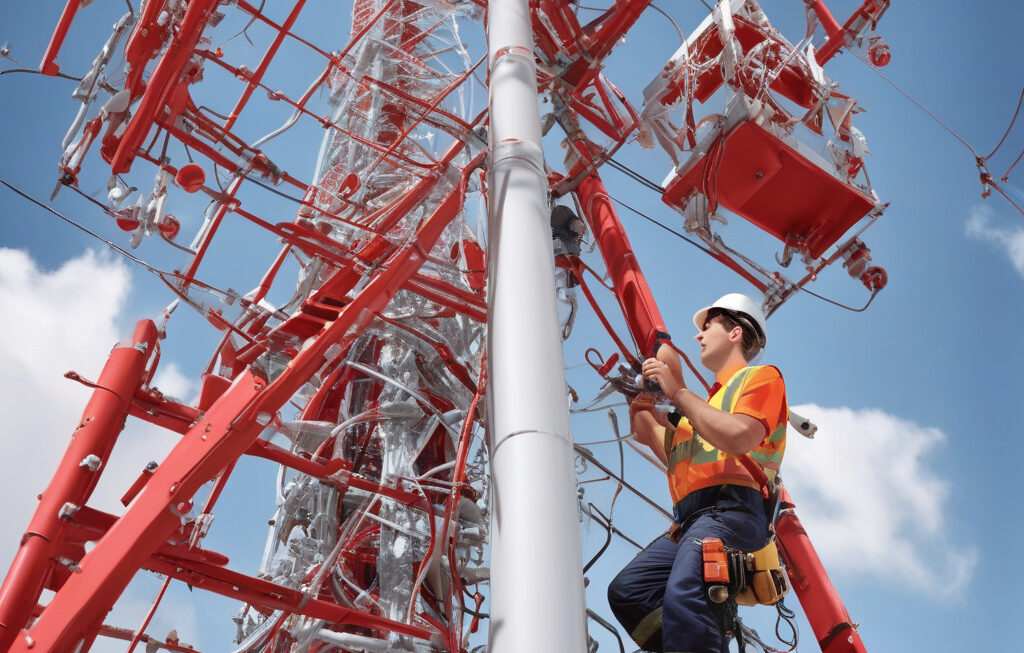When Network Failure Strikes: EE’s Voice Infrastructure Outage Impacts BT and Other UK Providers
In the fast-paced world of telecommunications, network reliability is paramount. However, even the most robust systems can falter, as evidenced by the recent software fault in EE’s voice infrastructure. This unexpected glitch sparked a major UK-wide outage, leaving thousands of users stranded without call service and rippling through to affect other providers like BT.
The outage, which occurred due to a software fault within EE’s network, serves as a stark reminder of the interconnected nature of telecommunications infrastructure. What may start as a seemingly isolated issue can quickly snowball into a widespread problem, impacting not only the provider at fault but also its partners and competitors.
For users reliant on EE and BT for their communication needs, the outage was more than just an inconvenience – it was a disruption to both personal and professional connections. From missed calls to delayed messages, the ripple effects of the network failure were felt far and wide, underscoring the critical role that reliable network infrastructure plays in our daily lives.
In response to the outage, EE and BT swiftly mobilized their teams to identify and resolve the software fault. While the immediate priority was to restore service to affected users, the incident also prompted a broader reflection on the resilience of existing network infrastructure and the need for proactive measures to prevent similar outages in the future.
One key takeaway from this incident is the importance of redundancy and failover mechanisms in network design. By building in redundancies and fail-safes, providers can minimize the impact of unexpected faults and ensure continuity of service for their users. In the case of EE’s voice infrastructure outage, a robust failover system could have potentially mitigated the extent of the disruption, providing a valuable lesson for providers across the industry.
Beyond technical considerations, the outage also highlighted the need for transparent communication during network incidents. Prompt and clear updates from providers can help manage user expectations, alleviate frustration, and maintain trust in the face of unforeseen disruptions. By keeping users informed throughout the resolution process, providers can demonstrate their commitment to customer satisfaction and service excellence.
As the telecommunications landscape continues to evolve, with the proliferation of new technologies and increasing demands on network infrastructure, incidents like the recent outage serve as a wake-up call for providers to continuously assess and enhance their systems. By investing in robust infrastructure, implementing proactive monitoring and maintenance practices, and prioritizing clear communication with users, providers can navigate the complexities of the digital age with resilience and reliability.
In conclusion, the recent network failure that hit EE’s voice infrastructure and affected BT and other UK providers serves as a stark reminder of the fragility of telecommunications systems and the interconnected nature of the industry. By learning from incidents like these, providers can strengthen their networks, enhance service delivery, and ultimately better serve their users in an increasingly connected world.
telecommunications, network reliability, outage, EE, BT, UK providers












